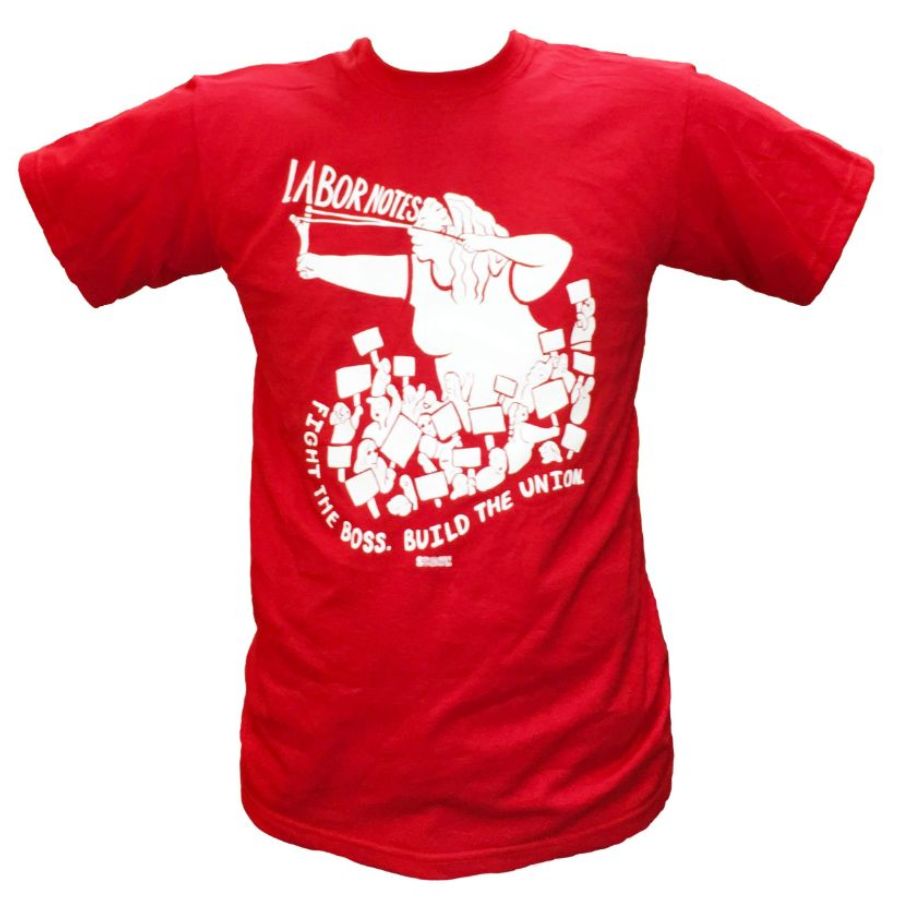Zohran’s New York City Primary Win Shows People Are Ready to Organize

Zohran Mamdani mayoral campaign canvassers were still going strong on election day evening, June 24, in Washington Heights in northern Manhattan. The upset victory was based on a huge and enthusiastic canvassing operation, with 30,000 volunteers knocking on 1.6 million New York City doors.
Back in February, few New Yorkers were thinking about the upcoming Democratic mayoral primary, and even fewer had heard of the New York State Assemblyman Zohran Mamdani.
Still, I and a few dozen other volunteers were knocking on doors in Upper Manhattan on a cold Saturday afternoon to ask our neighbors what they cared about in the election. Talking about these issues with fellow New Yorkers—all of whom hated the scandal-plagued current mayor Eric Adams—was one of the most positive canvassing experiences I’d ever had. But even I didn’t realize how transformative the campaign would become.
By the end of the campaign, more than 30,000 volunteers had knocked on doors 1.6 million times and made more than 2 million phone calls.
Zohran’s campaign focused on making New York City more affordable, with promises to freeze rent for one million rent-stabilized apartments (yes, the mayor can do that), make buses fast and free, institute universal childcare, and build affordable housing. He received endorsements from important unions such as AFSCME District Council 37, representing city workers, and the UAW, though most unions supported his opponent, former New York Governor Andrew Cuomo, who had the backing of the same billionaires funding Donald Trump.
WE DID IT TOGETHER
In an astonishing upset, Zohran beat Cuomo by 12 points, receiving the most votes in a New York City primary ever. The campaign activated an extraordinary number of disaffected and demoralized New Yorkers, who came to believe in a better future for our city and were ready to fight for more.
Over six months, we held more than 3,000 canvasses across 60 neighborhoods led by 500 volunteer field leads like myself.
At canvasses, first, we’d do introductions, so volunteers could get to know the people they were organizing with, often their neighbors. “What brought you out?” was a standard intro question.

SUPPORT LABOR NOTES
BECOME A MONTHLY DONOR
Give $10 a month or more and get our "Fight the Boss, Build the Union" T-shirt.
Volunteers mentioned looking for hope while grappling with Trump’s second election or struggling to afford the city and enthusiasm for the platform. Some said it was the first time they’d felt excited about a candidate.
Then we’d do a training and send volunteers off with a list of doors to knock on. If you came to one of my canvasses, you’d also experience lots of jokes, goofing around, and a mandatory practice roleplay.
Volunteers—most of whom were first-timers—overcame their apprehensions about talking to strangers and came back from those conversations confident and inspired. Momentum grew: at my last canvass, on election night, there were first-time volunteers!
When the results came in, they showed that Zohran had surprisingly carried Upper Manhattan, where I had canvassed with so many others. Walking to the grocery store the next morning, still in shock, I felt an overwhelming sense of love and solidarity for my neighbors and my city, knowing we had done this together.
MORE GROUND TO GAIN
Zohran, a member of the New York City Democratic Socialists of America (which formed the backbone of his campaign), has been a staunch ally of unions from his Assembly seat. He's gone on hunger strike with taxi drivers and strongly supported other labor fights, including strikes I worked on as an organizer at the NewsGuild of New York. If he wins, he'll be the most pro-union New York mayor since Fiorello LaGuardia in the 1930s and ’40s. But Zohran still has to defeat Adams and Cuomo (again) in November.
The billionaires want us to believe failure is inevitable, to convince us that it’s no use trying. But the Zohran race showed that people all over are hungry for a way to fight the billionaire agenda, and that they can be organized.





